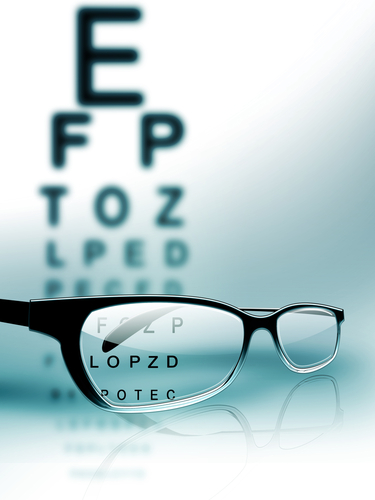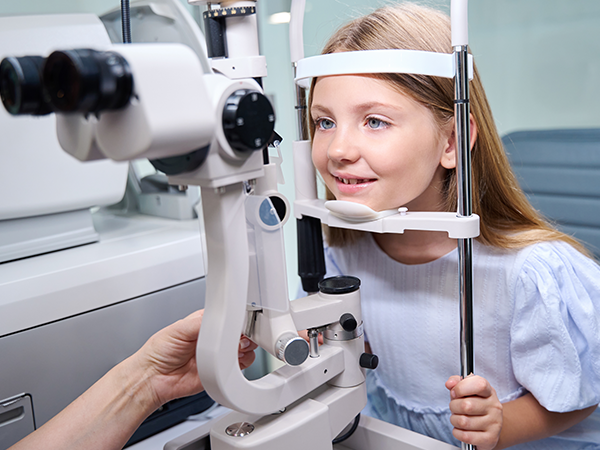
Ever wonder why sometimes you can’t see the text on a distant billboard or struggle to read the fine print? You’re not alone. Many of us face vision challenges due to refractive errors, where our eyes can’t focus light correctly. Let’s break down what these common eye conditions mean in simple terms.
Myopia (Nearsightedness): If you can read a book but can’t make out the movie screen, you might have myopia. It’s like having a camera that can’t zoom out to see in the distance. Glasses or contacts can help you see the bigger picture.
Hyperopia (Farsightedness): This is the opposite. You can spot a plane in the sky but can’t read texts on your phone. It’s like your eyes are stuck on zoom, and they can't bring things back into focus up close. Reading glasses or contact lenses can help.
Astigmatism: Imagine looking through a funhouse mirror where everything might be a bit shadowed or distorted. That’s astigmatism. Your eye’s front window (cornea) isn’t perfectly curved, so images get distorted. Corrective lenses, like glasses or contacts can straighten things out and help with your driving at night.
Presbyopia: Hitting the 40s and suddenly need to stretch your arms to read menus? That’s presbyopia. It’s like your eyes’ autofocus is getting rusty and moving your arms away from us compensates for your eyes inability to focus. Bifocals, reading glasses, or multifocal contacts can be a real arm-saver.
These are very common prescription problems that most everyone deals with but they are very easy to fix. Regular eye check-ups can keep you in the clear, so don’t hesitate to reach out to an eye care pro if things look blurry! We're always here to help you see everything that is important to you.









